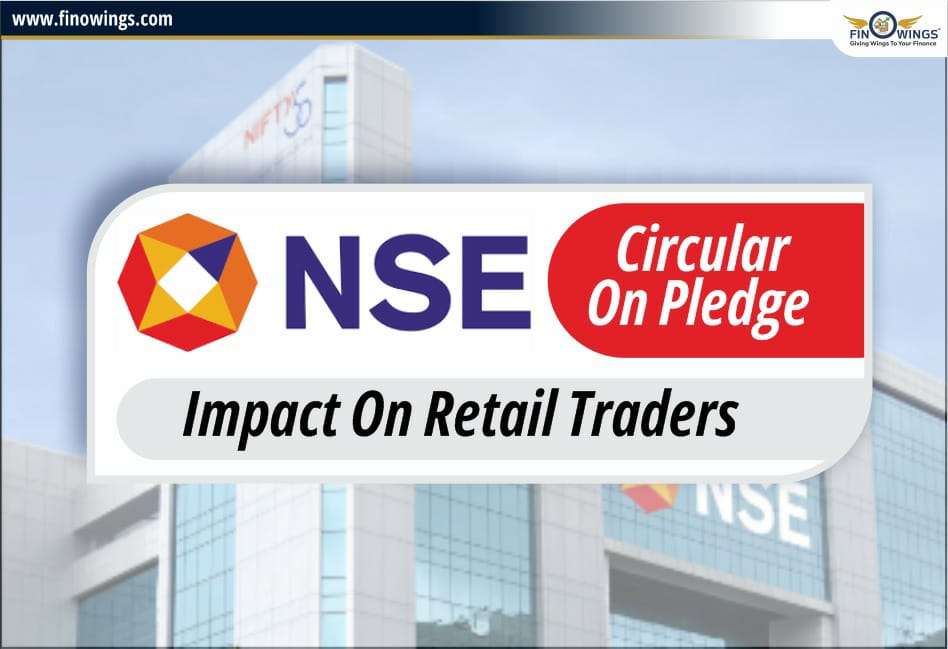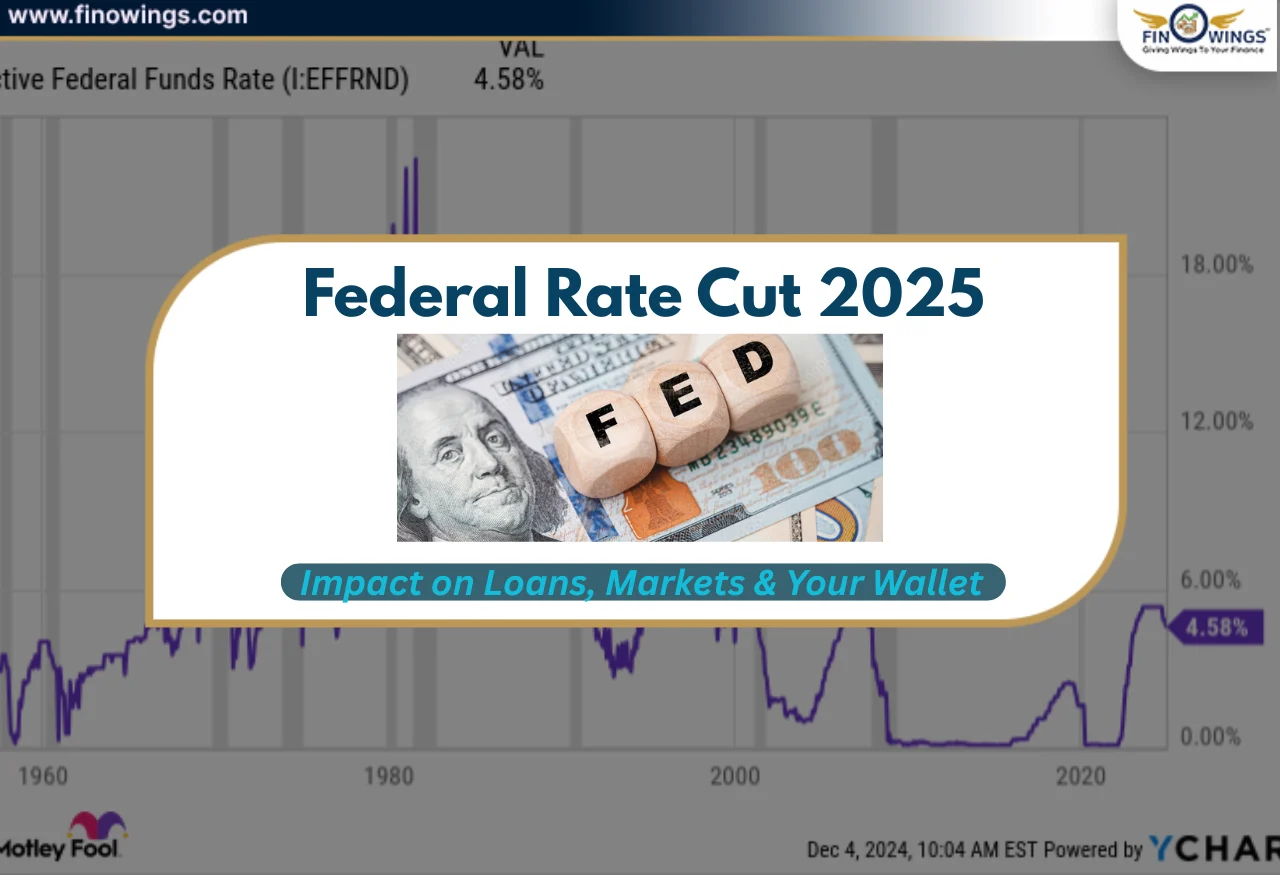Home >> Blog >> NSE Circular on Pledge: Impact on Retail Traders
NSE Circular on Pledge: Impact on Retail Traders

Table of Contents
The National Stock Exchange (NSE) has recently introduced changes that have significantly impacted Futures and Options (F&O) traders. A new circular has now been released that not only affects F&O traders but also has a substantial negative impact on intraday cash players.
In this blog, we will discuss the new circular, its potential impact on retail players, and the upcoming rule changes. We have previously discussed the numerous changes SEBI has introduced in the F&O segment to reduce risks for retail investors. This latest decision continues in that direction.
Understanding the New Scenario
If you are a regular trader, you are likely familiar with the concept of pledging. After buying stocks, traders could pledge them to obtain collaterals, which could then be used for F&O or intraday trades. This practice allowed traders to benefit doubly: they could use borrowed money to trade while their investments generated profit.
Currently, the market has an open collateral value of INR 73,500 crore, with the majority of participants being retail traders. This significant involvement of retail traders has prompted the NSE to make this decision.
Detailed Video:
Key Points of the Circular
The NSE has introduced straightforward rules aimed at reducing risk in the F&O segment, particularly for retail traders. The main points of the circular are as follows:
Reduction in Eligible Stocks for Pledging: The list of stocks eligible for pledging has been significantly reduced. This will limit the ability of traders to use pledged stocks as collateral for F&O or intraday trades. . Out of the total 1730 eligible securities, 1010 stocks have been removed from the list.
Framework for Existing Pledged Stocks: For traders who have already pledged their stocks, the NSE has prepared a framework to help them liquidate these stocks over a period of time. This provides some time for investors to adjust to the new rules without sudden disruptions. The remaining 720 stocks must have been traded on 99% of the days in the past six months to be eligible for collateral.
Removal of Stocks: Stocks that do not meet this criterion will be removed from the collateral list effective August 1.
Clarification on Excluded Stocks: The exclusion of certain stocks from the pledging list does not imply that these companies are fundamentally weak or have poor financials. The NSE’s classification is not based on the financial health of the companies. Investors are advised to conduct their own research or consult financial advisors before making any buy or sell decisions.
The Impact on Retail Traders
This decision by the NSE will undoubtedly have a negative impact on retail traders. The ability to use favorite shares to gain extra margins will now be restricted. While the NSE's goal is to reduce losses in the F&O segment, the immediate consequence is a negative impact on retail traders.
Broader Perspective
From the NSE’s perspective, this step is necessary to mitigate risks and reduce losses in the F&O segment. However, it is essential to understand the broader implications for retail traders. The new rules will limit the leverage they can obtain through pledged stocks, thus restricting their trading strategies.
Conclusion
The overall scenario presented by the NSE’s new circular is aimed at reducing risk in the F&O segment. While this is beneficial for market stability, retail traders will face challenges as their ability to use pledged stocks for additional margins is now curtailed. It is crucial for traders to understand these changes, adjust their strategies accordingly, and stay informed about any further updates from the NSE.
What do you think about this decision by the NSE? Share your thoughts in the comments. This change is expected to have a significant impact on retail traders, making it harder to obtain extra margins on preferred shares. From the NSE’s perspective, it is a necessary step to reduce losses in the F&O segment. However, the negative impact on retail traders is evident.
Share this blog with others to ensure they are informed about the latest circular from the NSE.
Author
Frequently Asked Questions
The primary aim of the NSE's new circular is to reduce risk in the F&O segment, particularly for retail traders. By limiting the list of stocks eligible for pledging as collateral, the NSE intends to mitigate potential losses and enhance market stability.
The list of stocks eligible for pledging has been significantly reduced. Out of the total 1730 eligible securities, 1010 stocks have been removed from the list. The remaining 720 stocks must have been traded on 99% of the days in the past six months to be eligible for collateral.
For traders who have already pledged their stocks, the NSE has prepared a framework to help them liquidate these stocks over time. This provides traders with a transitional period to adjust to the new rules without facing sudden disruptions.
No, the exclusion of certain stocks from the pledging list does not imply that these companies are fundamentally weak or have poor financials. The NSE’s classification is not based on the financial health of the companies. Traders are advised to conduct their own research or consult financial advisors before making any buy or sell decisions.
The new rules will negatively impact retail traders by restricting their ability to use pledged stocks for obtaining extra margins. This will limit their trading strategies and leverage. While the NSE aims to reduce losses in the F&O segment, retail traders will face challenges due to these new restrictions.



.webp)














